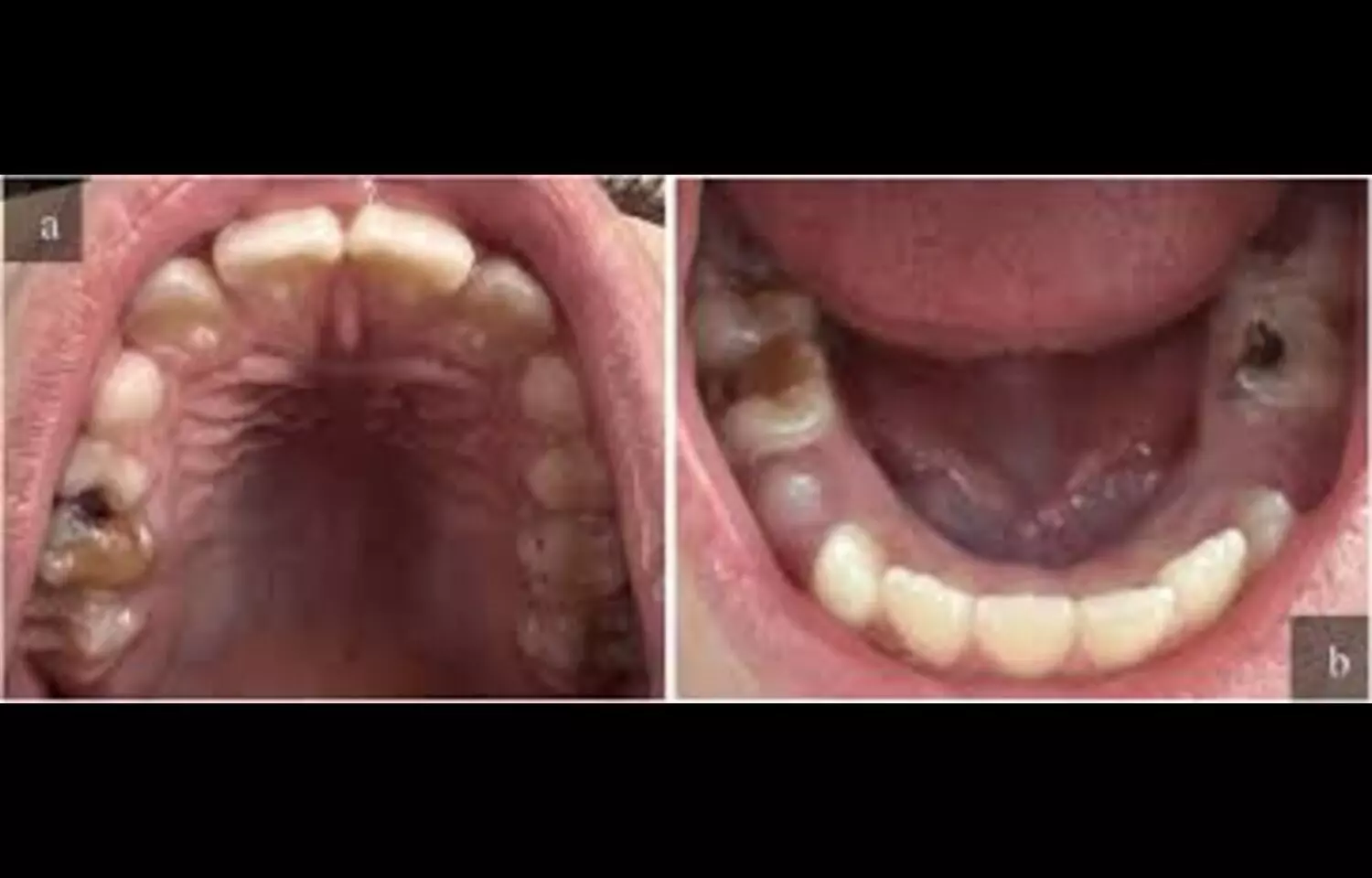Caries Detection in Orthodontic Patients by smartphone photography Shows High Sensitivity but Low Specificity: Study
- byDoctor News Daily Team
- 21 September, 2025
- 0 Comments
- 0 Mins

A recent study investigated the utility of smartphone photography for detecting dental caries in patients undergoing fixed orthodontic therapy and found that this approach offers a promising yet nuanced diagnostic tool. With the increasing adoption of tele-dentistry and digital monitoring, clinicians and patients alike are seeking reliable methods for remote assessment of oral health. This study evaluated whether images captured with standard smartphones could accurately identify carious lesions among patients with braces, who often face additional challenges in oral hygiene and visual inspection due to brackets and wires. The findings revealed that smartphone photography demonstrated high sensitivity, meaning it was effective at correctly identifying teeth with caries, allowing early intervention and potentially preventing disease progression. However, the method showed lower specificity, indicating that healthy teeth were sometimes mistakenly identified as having caries. This overdiagnosis could lead to unnecessary clinical evaluations, increased patient anxiety, or unwarranted treatments if not carefully interpreted. Despite this limitation, the study supports the use of smartphone-based photographic assessments as a screening tool, particularly in settings where in-person dental visits are limited or for preliminary monitoring between appointments. The research underscores the importance of combining photographic assessments with clinical judgment and, when needed, conventional diagnostic methods such as radiographs and direct visual examination. As dental care increasingly incorporates digital and remote technologies, the study highlights both the potential and the limitations of relying solely on smartphone images for caries detection. Clinicians should be aware of the tendency toward false positives and ensure that follow-up evaluations confirm findings before initiating interventions. Future research is warranted to optimize image capture techniques, enhance diagnostic algorithms, and explore artificial intelligence applications that may improve specificity without compromising sensitivity. By carefully integrating smartphone photography into clinical workflows, dental professionals can enhance patient monitoring, provide timely preventive care, and improve overall outcomes for orthodontic patients.
Disclaimer: This website is designed for healthcare professionals and serves solely for informational purposes.
The content provided should not be interpreted as medical advice, diagnosis, treatment recommendations, prescriptions, or endorsements of specific medical practices. It is not a replacement for professional medical consultation or the expertise of a licensed healthcare provider.
Given the ever-evolving nature of medical science, we strive to keep our information accurate and up to date. However, we do not guarantee the completeness or accuracy of the content.
If you come across any inconsistencies, please reach out to us at
admin@doctornewsdaily.com.
We do not support or endorse medical opinions, treatments, or recommendations that contradict the advice of qualified healthcare professionals.
By using this website, you agree to our
Terms of Use,
Privacy Policy, and
Advertisement Policy.
For further details, please review our
Full Disclaimer.
Recent News
AbbVie concludes acquisition of Gilgamesh Pharma B...
- 21 October, 2025
Dr Soumya Swaminathan conferred Honorary Doctorate...
- 21 October, 2025
Bengaluru Dermatologist Sent to Judicial Custody A...
- 21 October, 2025
Daily Newsletter
Get all the top stories from Blogs to keep track.


0 Comments
Post a comment
No comments yet. Be the first to comment!